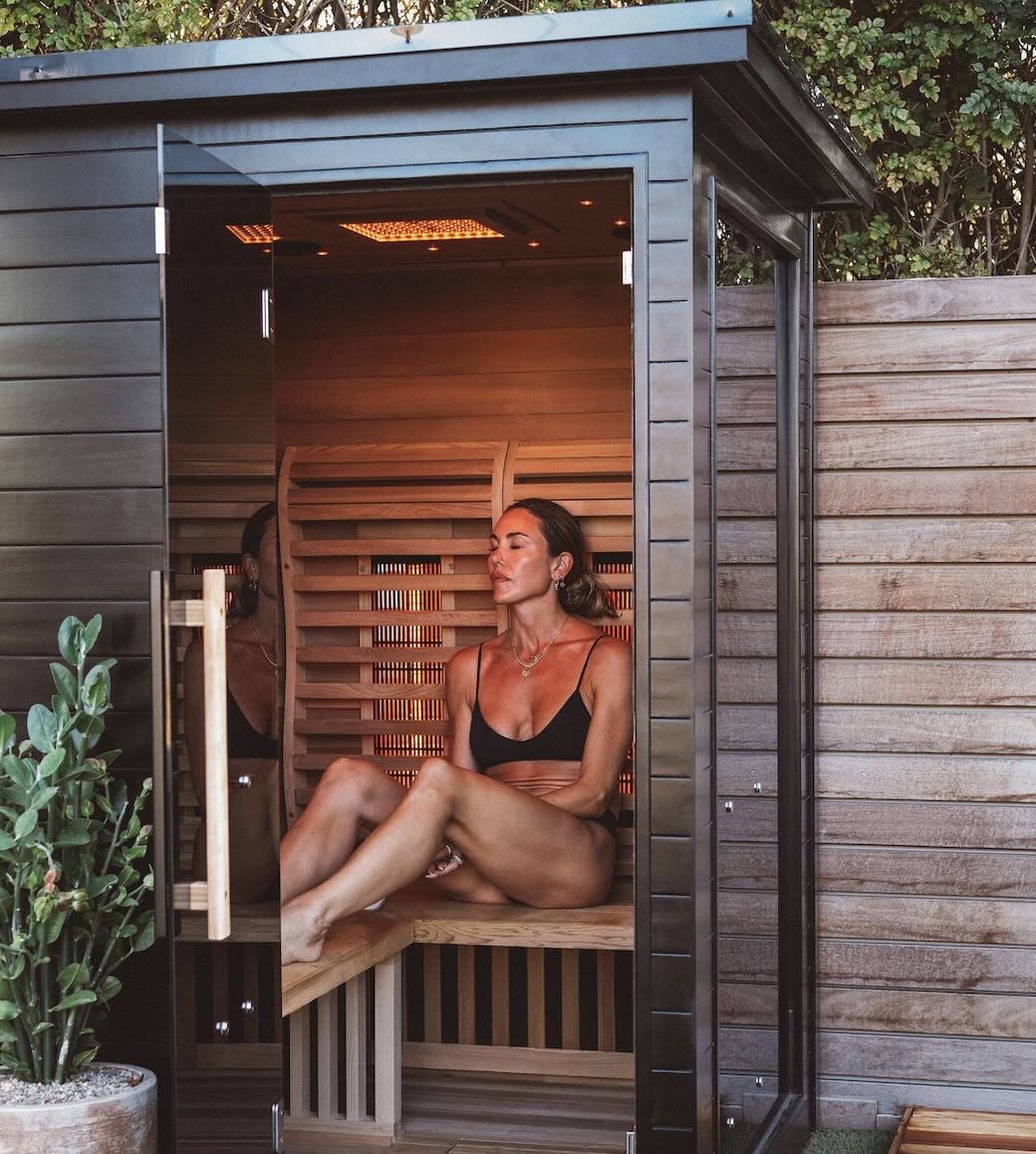Our team is dedicated to finding and telling you more about the web’s best products. If you purchase through our links, we may receive a commission. Our editorial team is independent and only endorses products we believe in.
Do me a favor: think back to your grocery haul from two weeks ago. Now, how much of that food did you actually consume and how much did you end up throwing away? Feel guilty yet? I know I do.
Food waste is a growing (literally growing — look at the mold on that expired cheese in your kitchen trash right now) problem in America. U.S. households throw out almost a third of the food they buy. You already know the scene: you made Brussels sprouts and chicken last night, you ate most of it but left some scraps, you put it in the fridge and now it’s 1:16pm the next day… you ain’t eating that!
As good as our intentions are, a lot of groceries get spoiled, leftovers don’t look as appealing, and old take-out gets thrown in the trash. Now, the team that made the smart thermostat Nest ubiquitous is trying to outsmart waste with their new startup Mill.
We like
+ More than just composting, Mill produces Food GroundsTM
+ Their kitchen is stink-free
+ It made me more aware of what I was throwing away
We don't like
- Monthly membership is pricey vs. other subscriptions
- With it being the first model, there may be some standard technology hiccups
- Takes up space (albeit beautifully)
The New Food Loop
Composting has been so long that you may have learned about it in grade school: food scraps go in a container, microorganisms and worms break it down, and plants use the resulting nutrient-rich soil to grow. But for those without a particularly green thumb, composting often seems like more hassle than it’s worth. The bins often smell horrid and don’t look much better on the visual front either.
“The best thing you can do is not waste food in the first place,” Mill co-founder and ex-Nest executive Harry Tannenbaum told me, but since that’s not realistic he went to work designing a solution. The Mill kitchen bin (now available to reserve with a $33 deposit) is a sleek, trashcan-esque connected device that you’ll actually want in your kitchen. And since, according to Tannenbaum, “the next best thing you can do is feed your leftover food to an animal,” Mill creates a new byproduct from those scraps: chicken feed.
The system is designed to be as simple and hassle-free for users, here’s how the process goes:
Step 1: Throw scraps in the Mill after meals.
Step 2: Let the bin dry out liquids and grind the food into a material resembling soil overnight.
Step 3: Once the bin’s bucket is full, usually every four weeks or so, empty the Food GroundsTM into a provided bag and prepaid cardboard box (also provided free of charge by Mill) and leave it out for the mailman.
From there, the grounds are shipped to a facility in Seattle where they are processed into ingredients used for chicken feed. “What we’re trying to do is make something that is practical and awesome,” Tannenbaum said.

Setup and daily use
Mill arrives at your doorstep in a large, padded box—think mattress size. Fortunately, there’s no assembly needed. Simply take out the bin and plug it in. My house had a perfect spot at the end of the island, right next to an outlet. Be advised: this is a connected device so you’ll need easy access to a power source.
Connecting the Mill to your phone is just like pairing AirPods. (Disclaimer: during this testing period, I was using a beta version of the app.) You don’t need the app to use the bin, but the app measures how much you put into it, and thus, how much of your food you’re not eating.
The bin will automatically start its breakdown process in the middle of the night, so really all that’s required is for you to throw away the food that would have gone in the trash. Still, there are some guidelines on what does and does not belong in the Mill. Fruits, veggies, meat, and small bones are acceptable, but try to shy away from large bones, large quantities of sugar or oil, paper packaging — you know, stuff we already shouldn’t be putting in our bodies.

But getting rid of the Food GroundsTM is a breeze: simply take out the bucket and empty it into the bag that Mill provides and seal the box with the double-sided tape that’s already on the free, included box. You can set up a pickup for the next day in the app. That’s it!
I tested life with Mill for a week and the bucket was nowhere close to as full as it could’ve been, so I don’t think the bin getting too full should be a concern. Alternatively, if you have a garden or raise chickens in your back yard you can use the grounds there without sending anything back.
The Non-Obvious Benefits
While Mill does charge a monthly fee of $33, this includes everything: the bin, bags and boxes for the grounds, shipping, and access to the app. Having Mill in your life may just end up saving you money in the long run—if you’re aware of how much food you’re wasting on a daily basis, you’ll probably cut back on your grocery spending. I know I waste so much of the food I buy from the store, it makes me want to scream.
Because Mill is diverting old, soggy food from your kitchen trash can to the lidded bin, perhaps the biggest plus is the stink-free environment your living space becomes. No stench, no mess.

Is paying $33 per month for a waste bin worth it? It’s certainly more than Netflix or Spotify, but if it makes me more cognizant of how much I’m spending at the grocery store and I end up buying less, then certainly (not to mention the impact on the environment). It’s fairly effortless, looks nice, and keeps your home odor-free. For larger families, the Mill app’s waste tracking could make the math a no-brainer.
The Mill membership also includes charcoal odor filter replacements, so once you pay for the subscription, all the components needed come free of charge. No paying extra for filters or running to the store to buy boxes. While Mill may not be the first appliance you think you’d need, it’s the first of its kind — there’s nothing like it on the market and it could be the first mass-market closed-loop ecosystem. And one thing’s for sure, our grandmas were right: it’s better for us, our wallets, and the planet to eat everything on our plates.






















